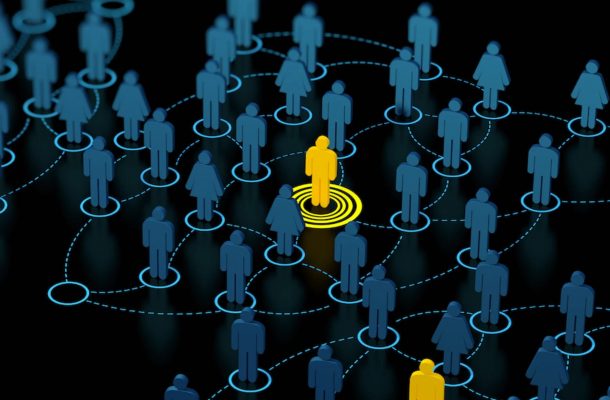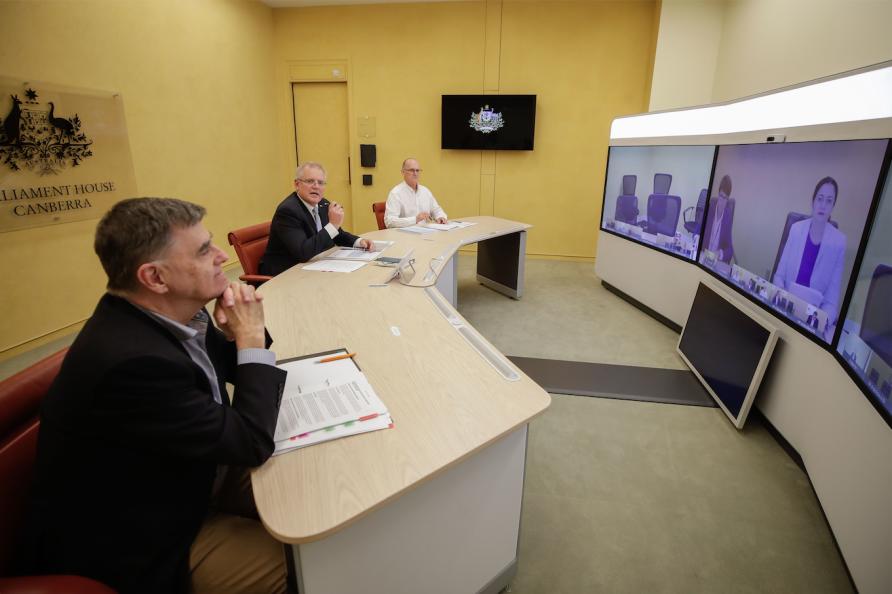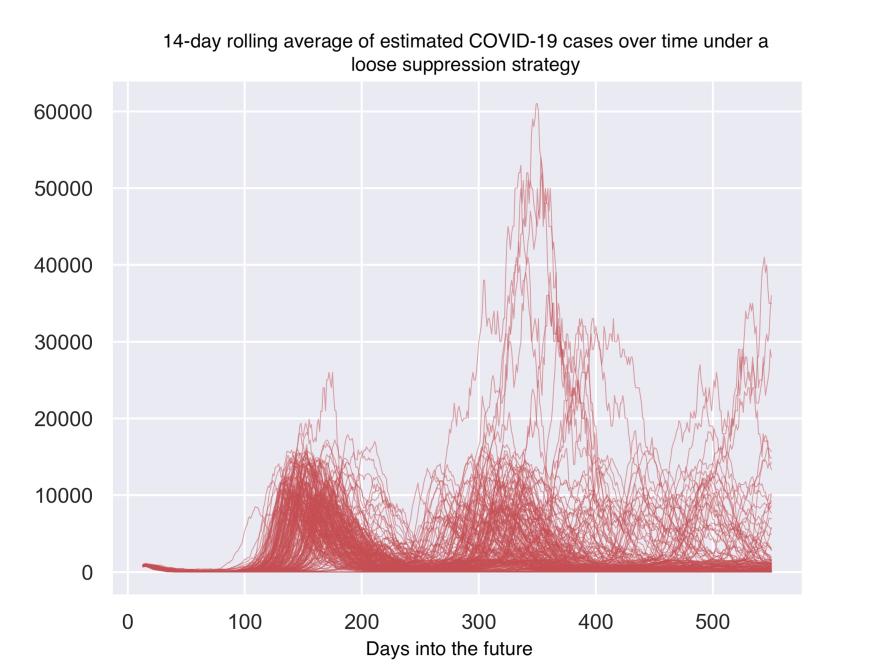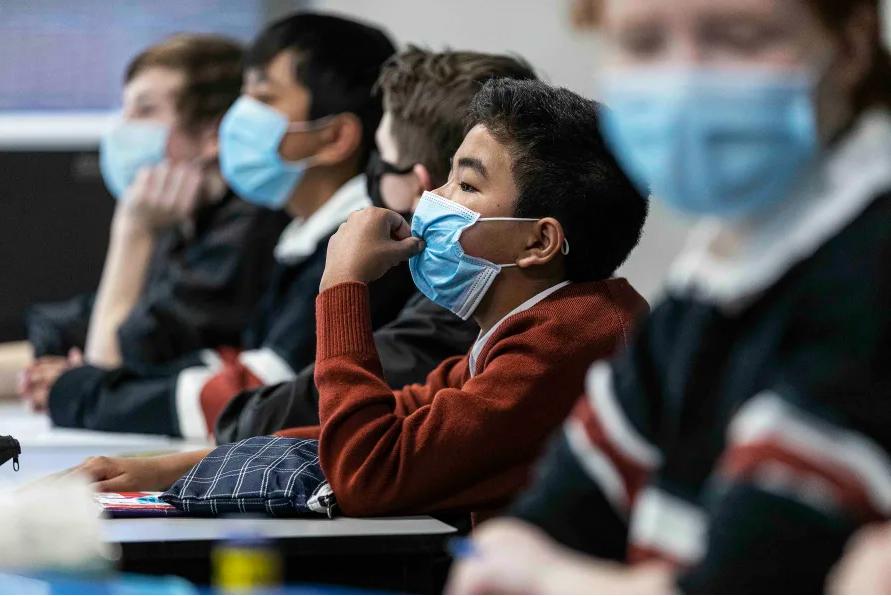Modelling society

Our leaders are being asked to make the toughest of trade-off decisions, and the consequences could hardly be greater.

Our leaders are making the toughest of trade-off decisions to minimise coronavirus infections while providing stability and certainty for the economy.
Millions of deaths, billions of livelihoods, and trillions of dollars are at stake. And humans – fallible, biased, conflicted, short-sighted, blinkered, and impatient as we are – are making the decisions.
Lord help us. And if not, perhaps computational social science?
What is computational social science?
On Sunday September 28th, the Victorian Government outlined the next steps in its move toward a ‘Covid-normal’ society, where we return in slow and steady steps to a place that minimises risks of a devastating third wave of infections while also providing greater ultimate stability and certainty for the economy through to Christmas and beyond.
To assist Government think through the implications of available policy options, our team at the Transport, Health and Urban Design Research Lab made adjustments to our previous model, which we are pleased to say is continuing to perform well against actual reported case numbers.
This new work incorporated fresh evidence from the Murdoch Children’s Research Institute on children’s infectiousness, adjusted dates for the return of primary school students to face-to face learning, and incorporated return to work for an estimated additional 130,000 Victorians in critical and/or low-risk industries.

Computational social science incorporates policy changes into a model that represents societies and their behaviour.
This all sounds straightforward enough. But realistically, how do you incorporate these policy changes into a model that might go anywhere near representing the structure, function and intricacies of a ‘real’ society? Cue computational social science.
Creating an artificial society
Computational social science is the study of artificial societies and their behaviour, and agent-based models (ABMs) are the tool of choice in this pursuit.
ABMs are perhaps the most flexible of computational methods currently available to social scientists interested in the study of culture, social groups, or any complex system of connection, contact and exchange. These include things like disease transmission or financial transactions between individual entities.
Entities can be people, businesses, clubs or countries consisting of two people or two zillion – it matters little. What matters more is the faithful representation of the system or society of interest.
Once an adequate representation is achieved, the benefit in a policy-context is the ability for policy-makers to then ‘trial’ implementing policies on these artificial societies – and to see the results – before doing this in real life.

A hypothetical modelled scenario for Australia if it had adopted a European-style loose suppression strategy for responding to COVID-19.
In complex systems and policy processes containing deep uncertainty, this ability to trial ideas ahead of time is critical because in the real world, you may only really have one shot.
Disease modelling
Taking an example from disease modelling, each ‘agent’ in an ABM can be represented as an individual inside the artificial society with their own life and individual story.
They might possess an age, gender, a disease stage, a level of infection, a history, a household, a workplace, and a dynamic level of motivation to comply with government imposed rules. In other examples from health systems and sports injury research, agents might possess levels of talent, resources, social networks, training load, familial networks, reputations, or any other variable or factor of interest to modeller.
Importantly, they can also be placed among a small or large population of other agents with whom they may interact and be influenced.
People can work, perform, improve, practice, learn, go to school, grow older, become injured, become infected, recover, drink, smoke, stay up too late, become fatigued, gather friends, lose friends, travel, win, lose, become influenced or motivated, absorb pressure, or crack under it and quit.

In an ‘artificial society’ people can work, learn, go to school, grow older, become injured, become infected and recover.
All you need is a theoretical or empirical understanding of the phenomenon you are interested in – known as domain knowledge – and a programmer skilled enough to take the theoretical model or policy you have conceived from of your head and represent it within an appropriate software platform like Netlogo, Mason, or GAMA.
Combining multiple perspectives
This combination of interdisciplinary skills is crucial and almost by default, demands that numerous voices and perspectives contribute to the ultimate answer.
In fact, this is the discipline of the computational social scientist – to combine the broken-up perspectives of individual disciplines, specialists, and siloed perspectives, mix this with the implicit model of a system and its dynamics that exists in people’s minds, and to then explicitly represent that in working computer code for policy-makers to experiment with.
Though it is still a young discipline, computational social science might be the glue that ultimately brings specialists and policy-makers together to help solve society’s most difficult problems.
This article was published by Pursuit.
Jason Thompson is a research fellow at the University of Melbourne. He works to translate research into practice in issues of transportation, heavy-vehicle safety, public health, post-injury rehabilitation, and system design.















Alan Stevenson
October 24, 2020 at 10:07 am
It has been accepted for some years now that the reactions of people en masse can be determined fairly accurately in advance. This is what advertising relies on. Using AI to help in this regard was the next logical step. The facts presented in this article are very vague and I would be interested to know the type of data fed into the learning programs.
The accuracy of the end result shows that whatever that data was, it was well researched. However, being a little paranoid by nature I wonder if the advertisers would be allowed access to it and if so how we can be protected under the rather loose personal privacy regulations in existence or whether our fearless leaders need to be prodded.